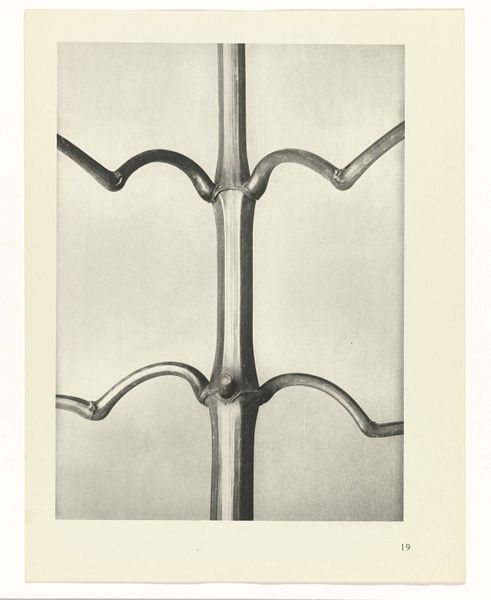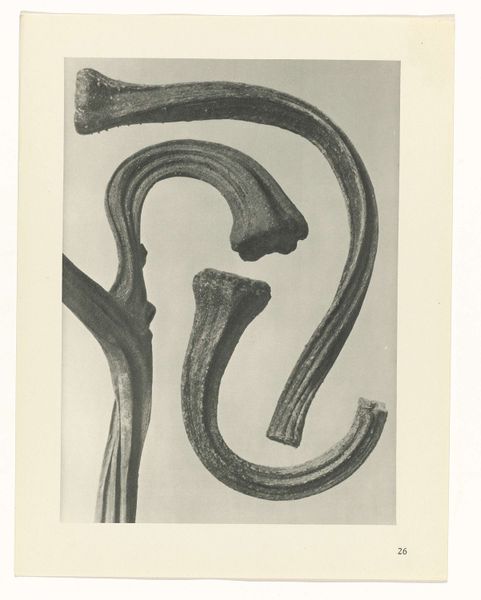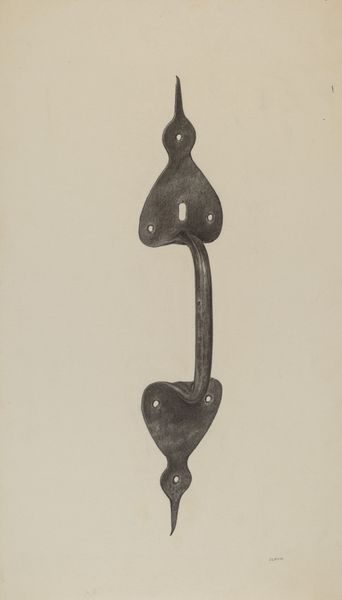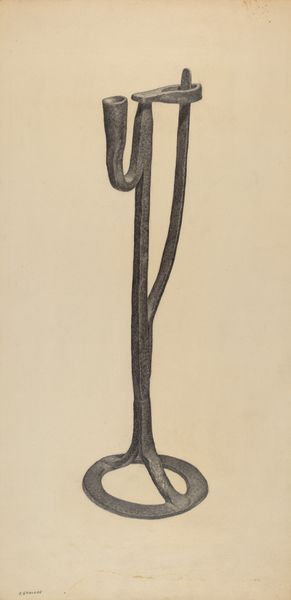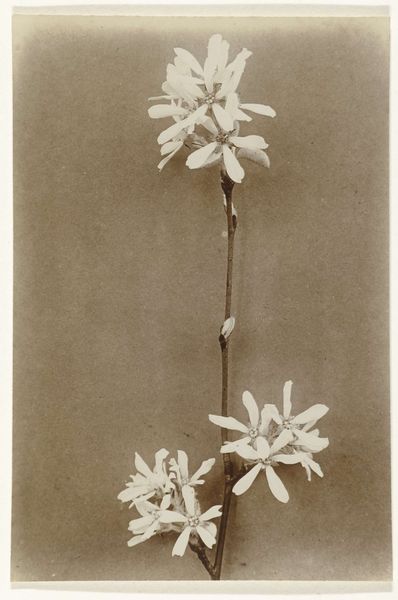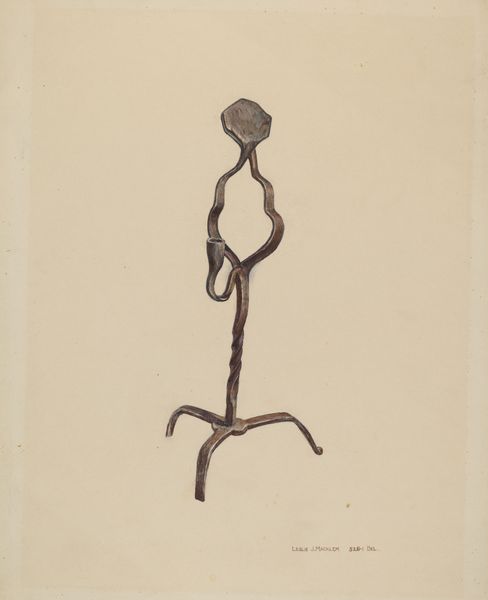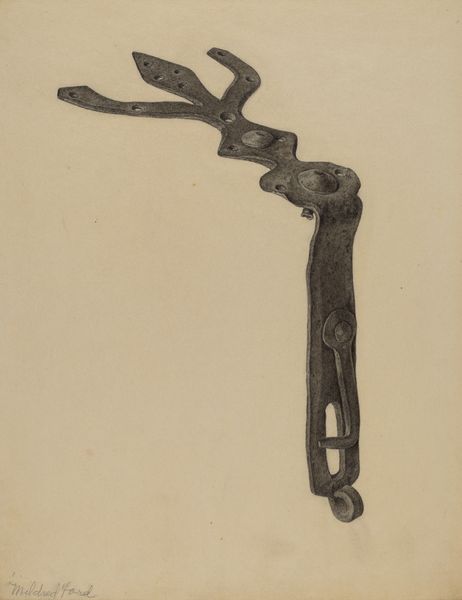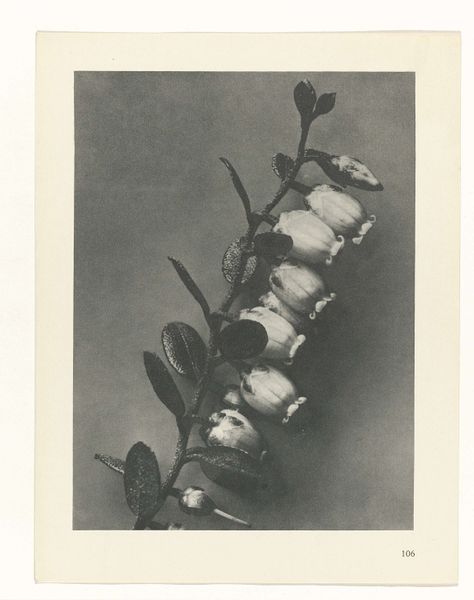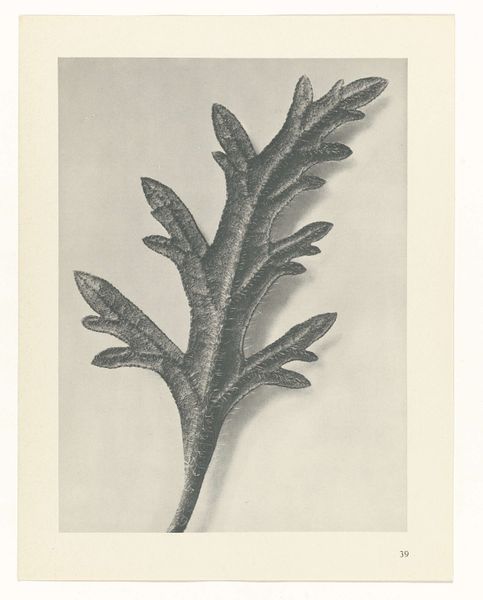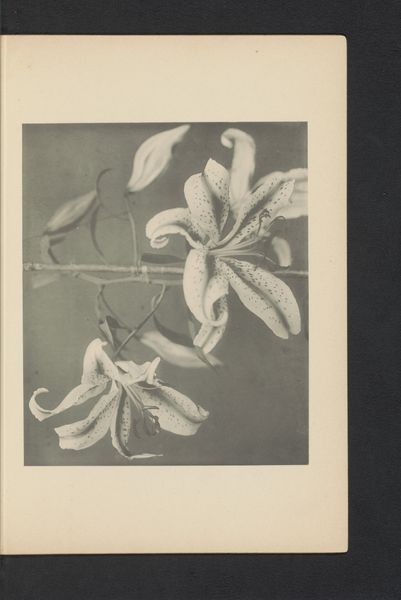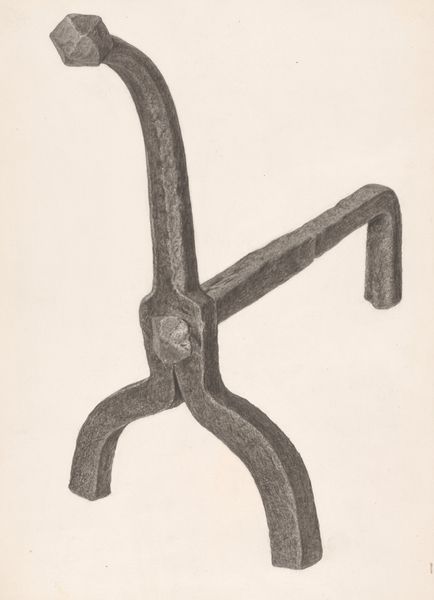
photography, gelatin-silver-print
#
still-life-photography
#
photography
#
gelatin-silver-print
#
modernism
#
realism
Dimensions: height 312 mm, width 242 mm
Copyright: Rijks Museum: Open Domain
Curator: What strikes me immediately is the sheer alien quality of this photograph. Editor: Indeed. What we are looking at is Karl Blossfeldt’s “Plantstudie,” a gelatin-silver print created around 1928 and currently housed here at the Rijksmuseum. Curator: The close-up composition and the stark grayscale rendering elevate the plant parts to a level of architectural detail, don't you think? One might even mistake it for some otherworldly machinery. The repeated ovoid forms connected by rigid stalks evoke a sense of systematized natural structure, or maybe a botanical spine. Editor: Precisely. Blossfeldt, operating within the New Objectivity movement, aimed to reveal the underlying structural principles of nature through photography. His work emerged during a period of increased interest in scientific precision and the role of photography in documenting the natural world. Think of the ways modernism affected our perceptions of form and functionality. Curator: One can easily draw a line from this sort of highly detailed photography of natural objects to movements like Surrealism too. By abstracting this single plant from any discernible setting and portraying it with almost clinical precision, its strange and marvelous aspects are heightened. Editor: It’s interesting to consider the potential public response. On one hand, the image resonates with realism due to its high level of detail. Yet, by isolating the subject, it ventures into abstraction, prompting an almost surreal reading. Were the public prepared to perceive botanical imagery through the lens of abstraction during that period? Curator: The texture alone is quite evocative, like the scaled skin of a serpent. Note also how he manipulates the light, playing with gradients and shadows, the strategic backlighting and contrasts add dynamism. Editor: He sought to bridge the gap between art and science. In many ways, the work encourages us to contemplate how human perception shapes what we see. I now see this picture in a totally different way than before, by reflecting the social-cultural contexts in art.
Comments
No comments
Be the first to comment and join the conversation on the ultimate creative platform.
